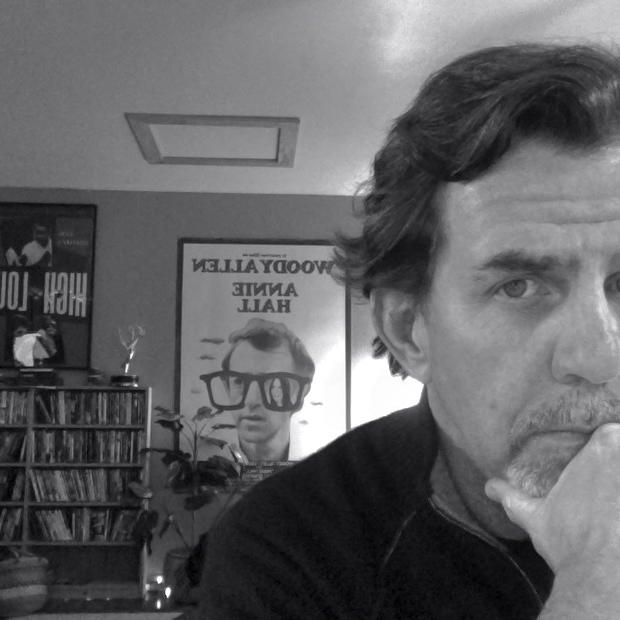The casualties of war, oppression, poverty and religious zealotry confront all of us in the photographs of Sebastião Salgado, whose remarkable career is the subject of the documentary The Salt of the Earth. Salgado has witnessed the horrific aftermaths of genocide, the terrible cruelty of famine, the awful exploitation of workers, and he has captured these distinctly human evils with a deep-focused, exquisite eye. His pictures are magnificent and monumental, and usually expensively printed in coffee table books or displayed in art museums. One can find compressed versions on the Internet, but to see them displayed on the big screen of a movie theater is a rare treat.
Salgado’s transformation from a young man studying economics to a world-class photographer is a compelling early part of this film (playing at Seattle's Seven Gables). He was drawn to remote pockets of the earth, not only by the indigenous people who lived there but also by their often miserable conditions and the choices they had to make to survive. Perhaps his most famous series was shot in a Brazilian gold mine, where men carried endless sacks of dirt up rickety ladders for hours on end. Salgado reveals that these men were not slaves, but freelancers; intellectuals and students scattered among the laborers, all hoping to strike it rich. But rather than letting capitalism off the hook, his photos of these mudcaked men, shot in luminous black-and-white and framed against a hellish landscape, tell us of the dangerous lengths humans will go in order to eke out a living in a globalized world.
Other series follow, including pictures of the grotesque carnage of the Rwandan and Bosnian genocides, and a particularly heartbreaking sequence of starving refugees in various war-torn African countries. As these photos accumulate, so too does our sense of rage and sorrow. Just when we think we can’t stand it anymore, neither can Salgado. He finally retreats from his interrogations of the inherent nastiness of human beings, and instead concentrates on the wonders of natural beauty, both in his photography and his creation of a national park on the reclaimed land of his Brazilian childhood.
While what we see and hear in The Salt of the Earth is consistently revealing, even ravishing, we don’t get much of a sense of how Salgado works, how he approaches the people he photographs, how he achieves the dense, fine-grained silvery palette of his pictures. His wife, a longtime partner and champion of his work, is barely heard from. The film was co-directed by Wim Wenders (Pina, Wings of Desire) and Salgado’s son, Juliano Ribeiro Salgado, and narrated intermittently by both.
This may explain the movie’s odd rhythm, which can’t seem to decide if it wants to be a biography, a testimony, a personal journey, a celebration or an essay on human suffering. Wenders, perhaps feeling constricted in having to accommodate both Salgado’s creative presence and the intrusion of Juliano’s vision, comes up with the arty technique of electronically broadcasting a Salgado photograph from the viewpoint of the camera lens and then, with Salgado staring directly at us, having him comment on the photo. The result — a half-dissolve between the photo and the photographer’s face — is mostly distracting, but it does allow Wenders to claim a personal stamp on the film.
Unlike Pina, which illuminated the work of a legendary dancer and teacher by relying on the voices of her students and colleagues, and which featured a dazzling stylistic design by Wenders, The Salt of the Earth will be remembered mainly for Salgado’s unforgettable pictures, a singular and staggering vision of the human capacity for destruction.


